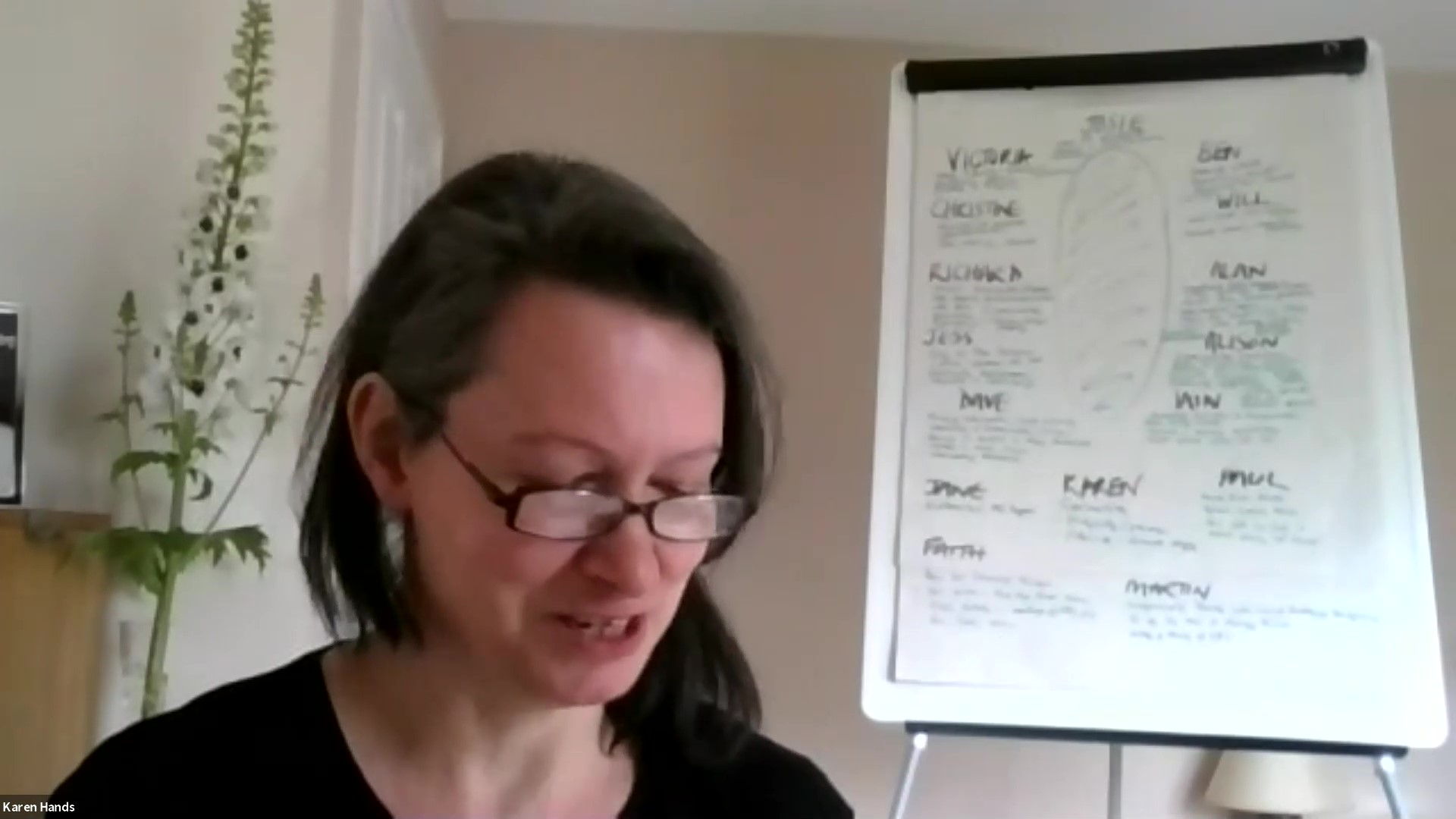Integrating ESG into business strategy

I was talking to someone recently who said that ESG is all about compliance. Environment, Social, Governance have become key factors in business recently but as they’re such broad headings, we could all discover as I did, that we’re talking about different things under the same title.
For me, ESG is an opportunity to build organisations that are fit to thrive in the future; to create businesses that work with nature and don’t assume human exceptionalism. I know I’m not alone: this view gained weighty support with the release of the Dasgupta Review this week (https://www.theguardian.com/environment/2021/feb/02/economics-of-biodiversity-review-what-are-the-recommendations). We’re also going to have to retro-fit existing businesses, to get us through this climate emergency, because in truth I don’t think we know what business aligned with nature actually means. It has been so long!
Humans and our forebears existed in nature for millennia, carving out a niche in the landscape, but their lifestyle as we understand it from the archaeological record bears no resemblance to ours. You just wouldn’t start from here, would you? As you begin to unpick all the home comforts we take for granted, you find that everything we do has a consequence. No wonder we never get very far with this, it’s overwhelming. Recycling might help you to feel better. Switching to renewable energy is surely a good thing. Public transport used to be an excellent option, until putting a stop to the spread of the virus became a higher priority.
Instead of business as usual, we need to think big. We’ve all got creativity, ideas to tap into, and prolonged periods of uncertainty while the virus stays a step ahead of us. What could things look like? How might things be? What steps can we take, to build back better? What can you personally do right now?
In the photo above, I share a doodle with you. It’s based on my normal route into strategic thinking: start with a statement of WHAT the business does; its mission. Then open up into WHY. Working with the board or an executive team, there are always lots of strands of purpose. Ultimately they should take us to a better place. They always do, because companies aim to please their stakeholders, but now we need to think bigger, better and broader. We really do need to make the world a better place, a place that we can pass on to another generation. It’s no longer clear that we’re able to do this any more.
Once we’ve got that vision in mind, we can turn to HOW. Normally these break into functional steps that align with executive responsibilities but again, we can divert here and think anew. Put Environment and Social headings in here:
- how will you use, develop and refine more sustainable techniques and technologies to drive your activities to net zero carbon without cheating*?
- how can you tap into diverse thinking, diverse ways of doing things, so as to observe, listen, innovate and learn?
Governance can then make it happen, through appropriate leadership and management towards the ultimate aim of healing the world and sustaining our legacy for future generations. That’s why ESG is about so much more than compliance. It’s our chance to think, develop and define our way out of this mess. Do you agree?
* By cheating, I mean relying on pipe-dream technologies like carbon capture and storage. I mean technologies we’ve tried and for which we now properly understand the consequences, like nuclear power. And of course, carbon off-setting. Get real. We need to plant trees but please don’t think we can carry on with business as usual, behind a flimsy shield of green-wash.



0 Comments